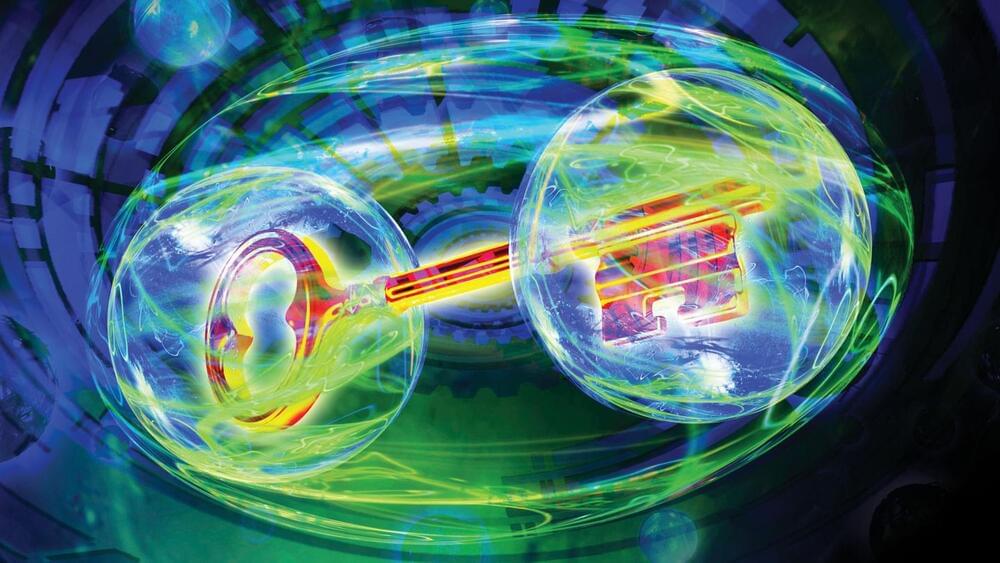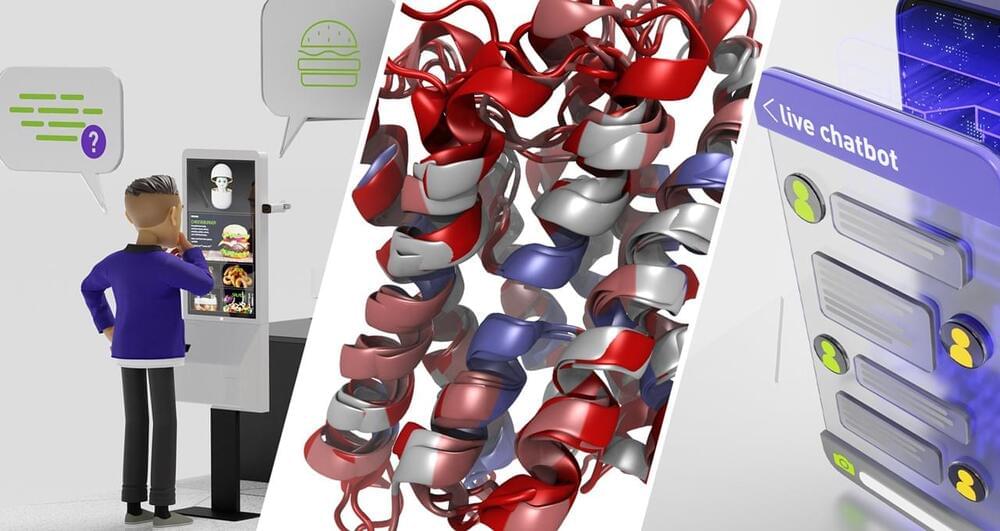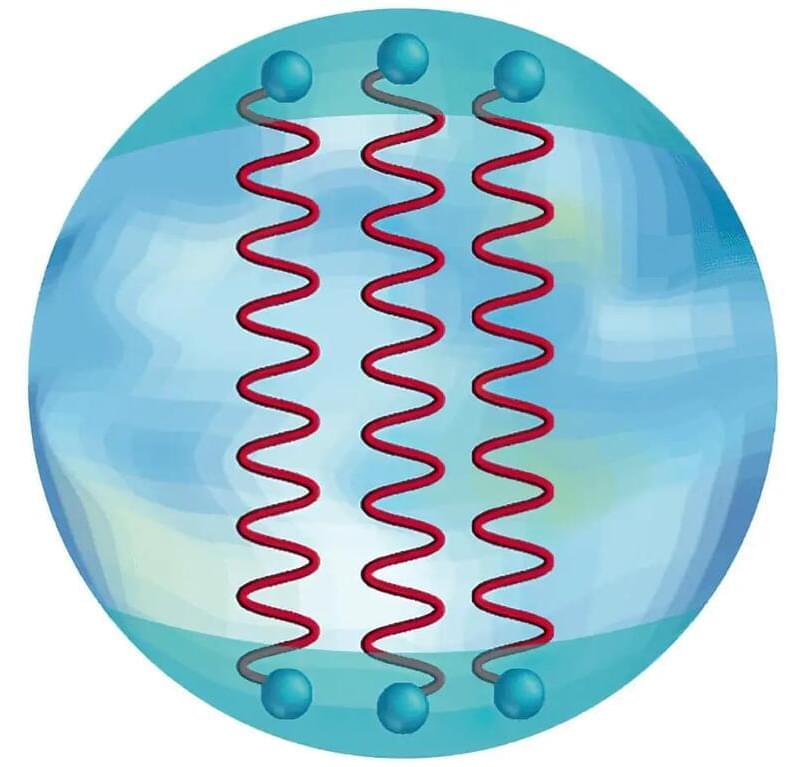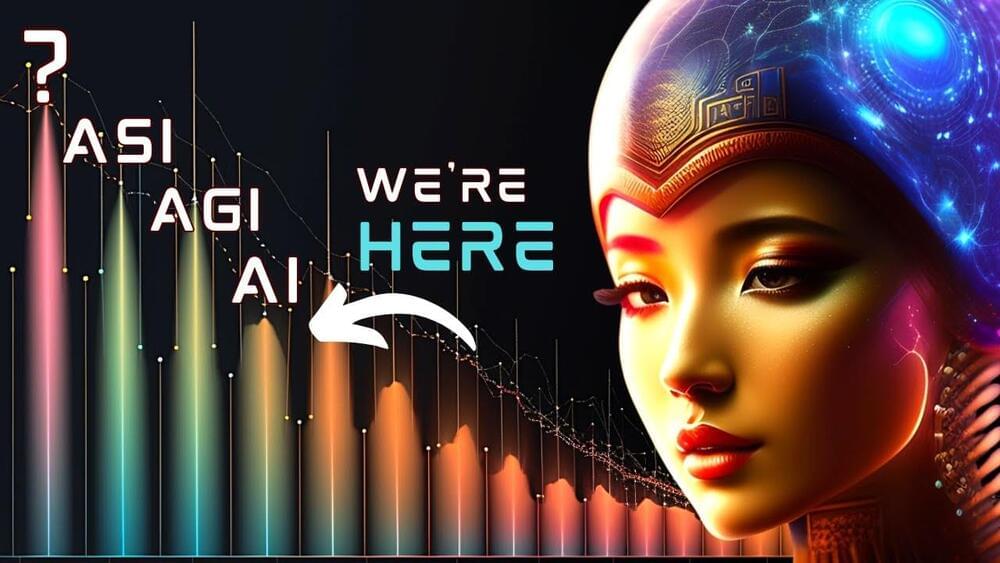
Data science has been around for a long time. But the failure rates of big data projects and AI projects remain disturbingly high. And despite the hype, companies have yet to cite the contributions of data science to their bottom lines.
Why is this the case? In many companies, data scientists are not engaging in enough of softer, but more difficult, work, including gaining a deep understanding of business problems; building the trust of decision makers; explaining results in simple, powerful ways; and working patiently to address concerns among those impacted.
Managers must do four things to get more from their data science programs? First, clarify your business objectives and measure progress toward them. Second, hire data scientists best suited to the problems you face and immerse them in the day-in, day-out work of your organization. Third, demand that data scientists take end-to-end accountability for their work. Finally, insist that data scientists teach others, both inside their departments and across the company.

















